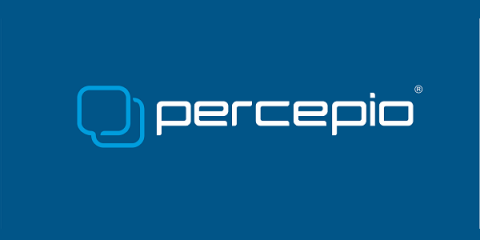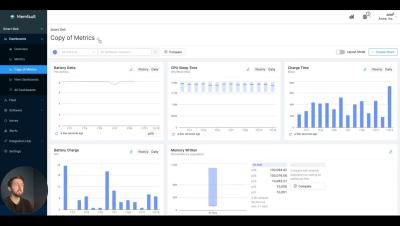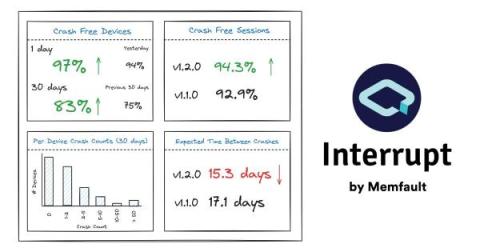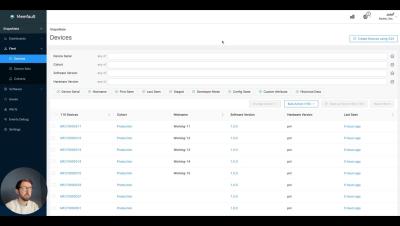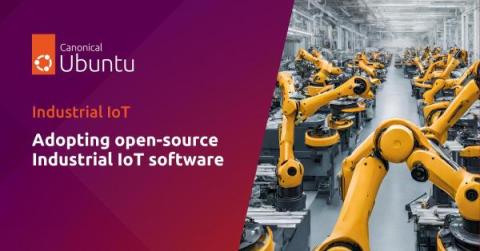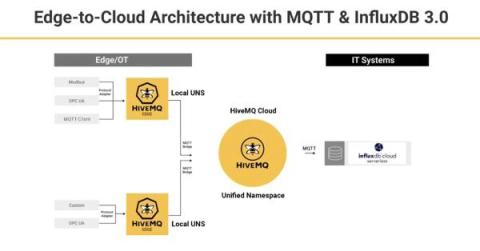Does Tracealyzer fit into my project?
Every developer wants universally applicable tools for their embedded development. However, hardware (processor type) and software (RTOS) architecture can limit the choice, making it a decision for the second-best rather than the best tool – even if you are in the mainstream. This is one of the reasons why Software Development Kits (SDKs) are becoming increasingly popular – even more so if they are easy to use and deploy.


